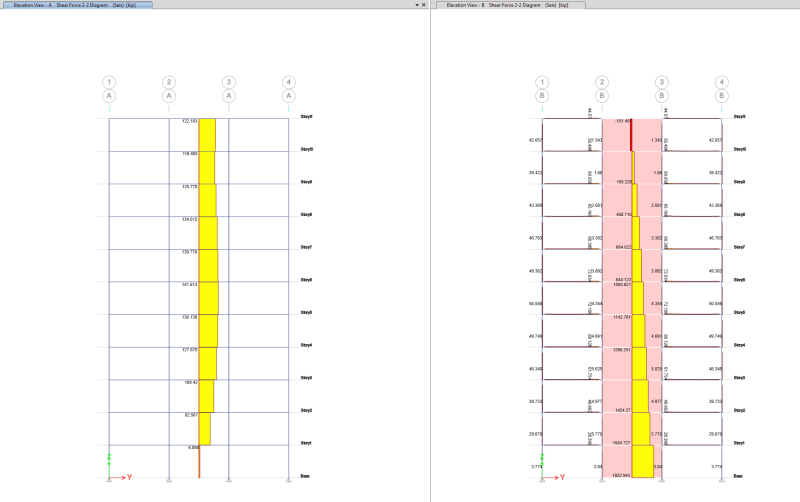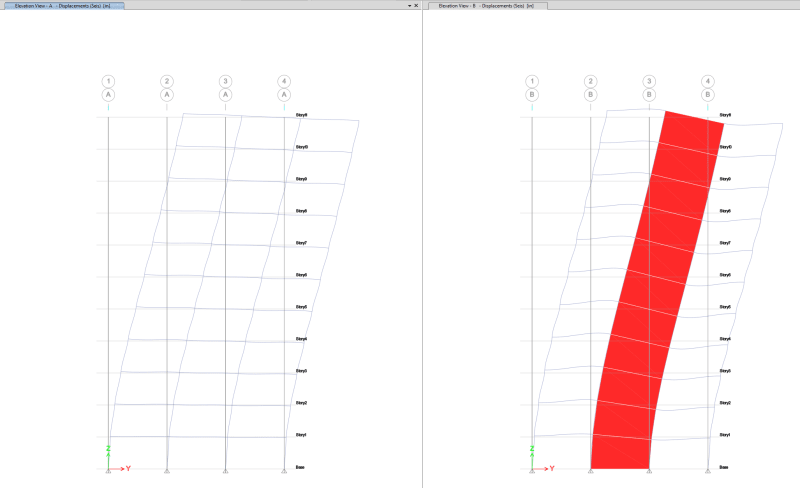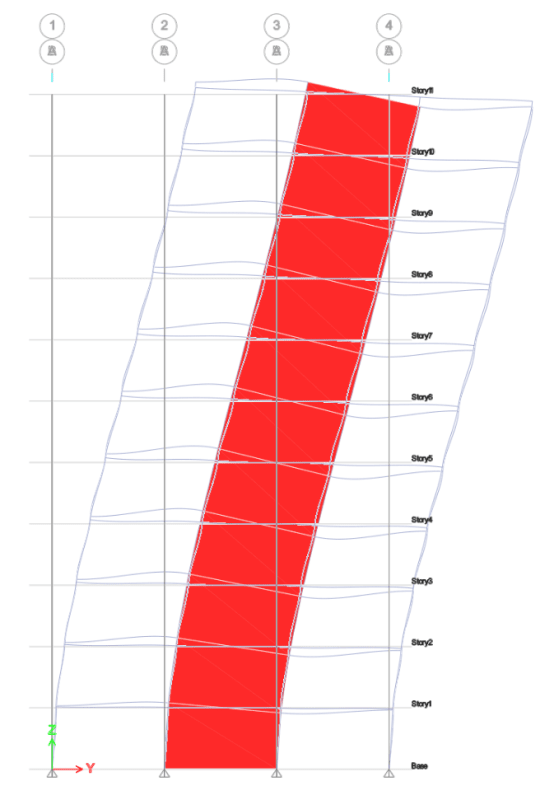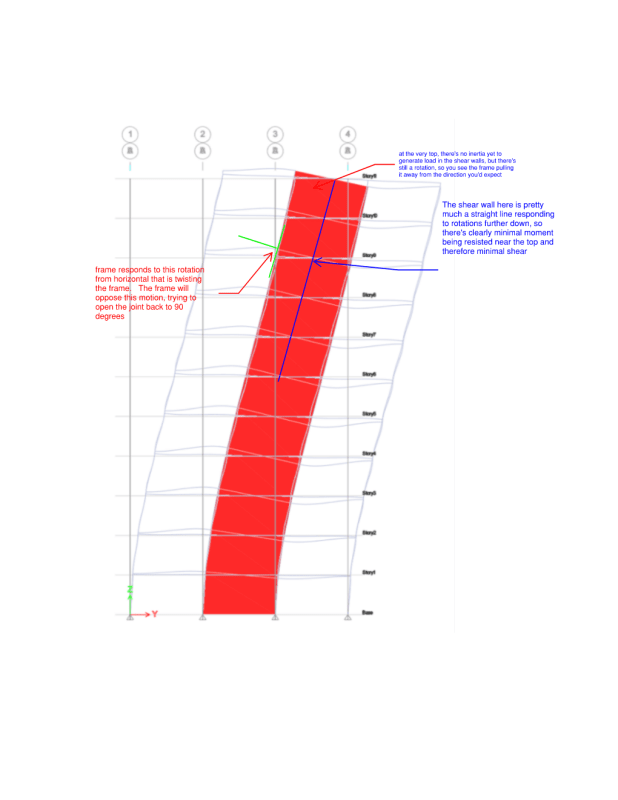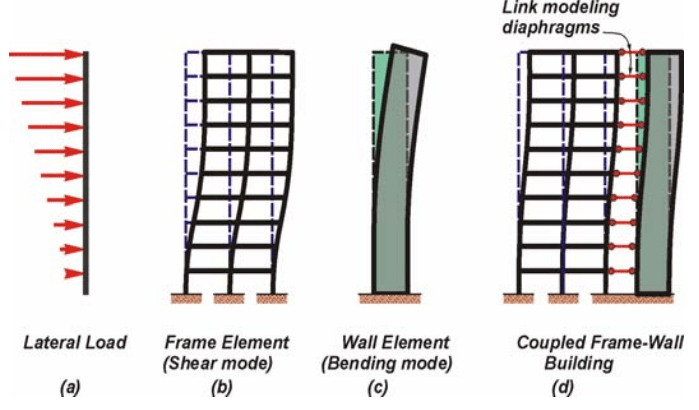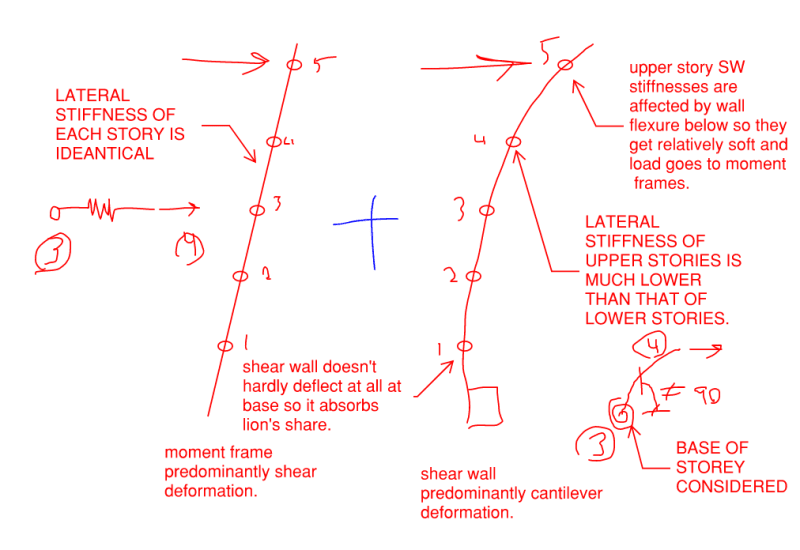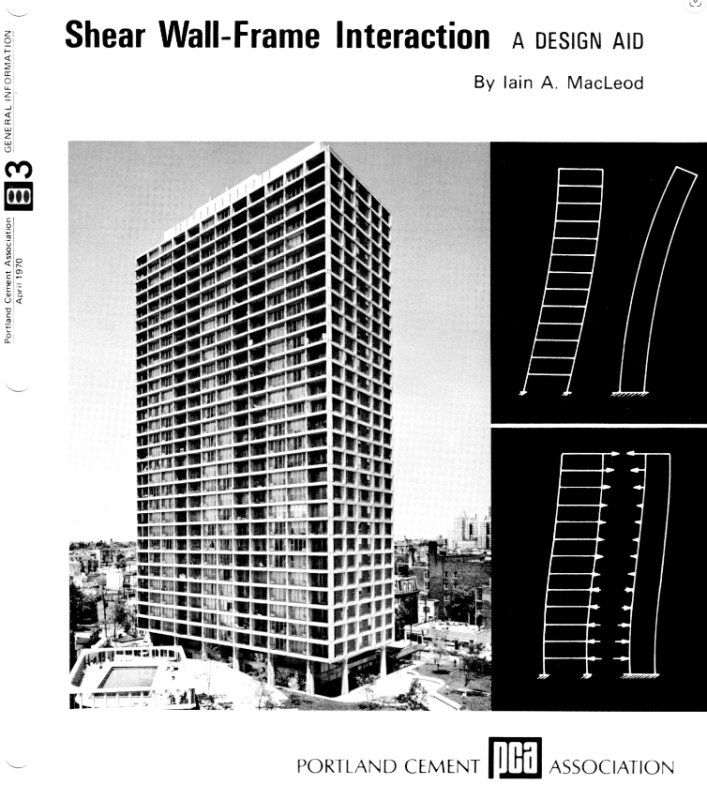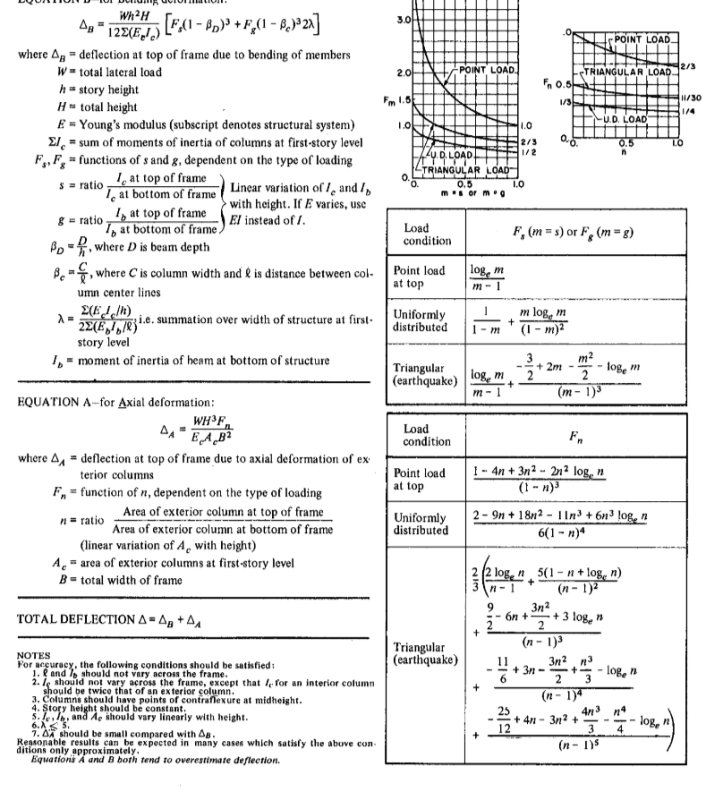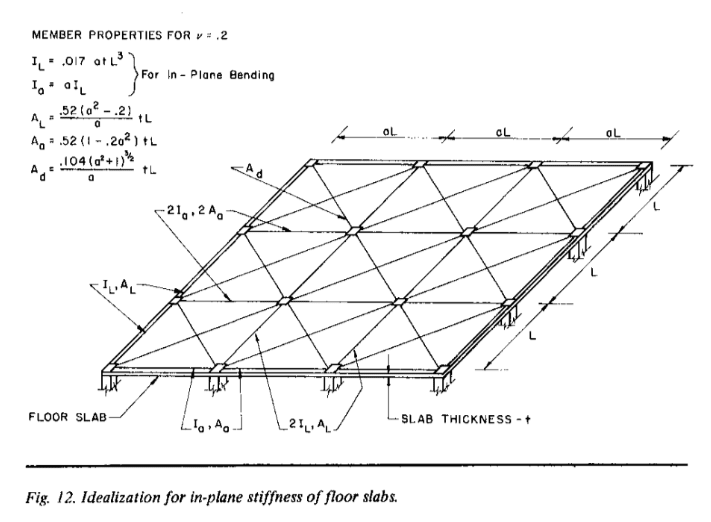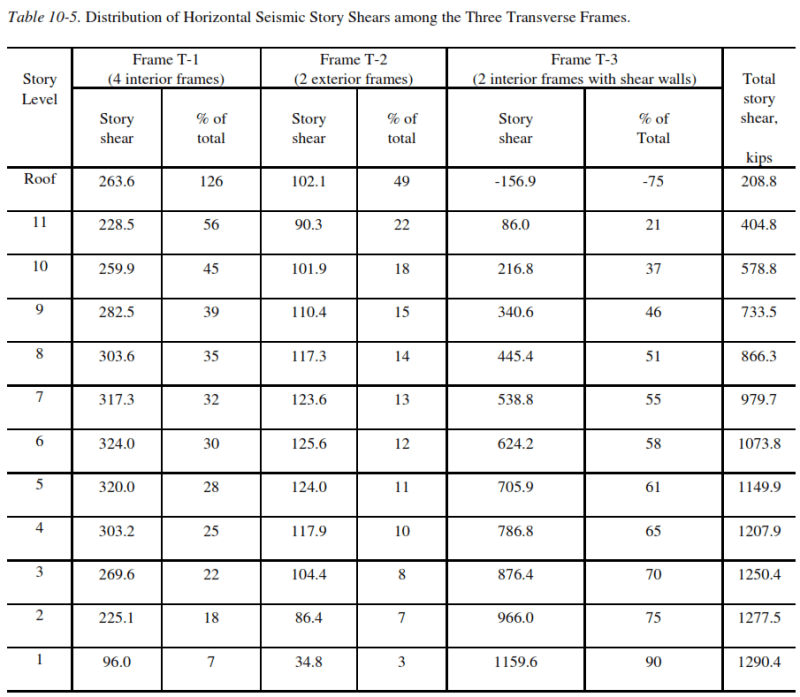
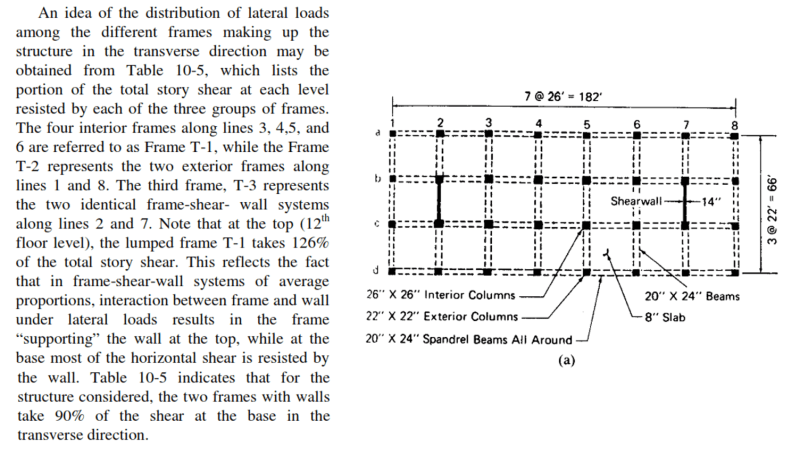
This is an example by Seismic Design Handbook by Farzad Naeim in Chapter 10.
I was confused by this sentences, quote "interaction between frame and wall under lateral loads results in the frame "supporting" the wall at the top, while at the base most of the horizontal shear is resisted by the wall" end quote. So this means that at the top (roof) level, the frame is the one who resists the story shear, am I correct? And that the story shear absorbed by shear wall will be greater than absorbed by frame, as we analyze the structure to the bottom level, if this statement is correct, then can someone explain why this happen?
The second question is how do you calculate the distribution of story shear? I have calculated the story shear for the example above manually, but I don't know how to distribute it over the frame like the table 10-5 above. How do you calculate that in Story Level 6, frame T-1 absorbed 30% of the story shear? I don't find the explanation in any chapter of the book as far as I know
Thank you, much appreciated

